The easiest way to Use Macros in Excel
Enable macros

Open Excel. Double-click the Excel application icon with a white "X" in the green frame, then click Blank workbook.
If you want to open a specific file in Excel, double-click it.

Click the File tab in the upper left of the Excel window.
On a Mac, click the Excel tab in the upper-left corner of the screen to open a drop-down menu.
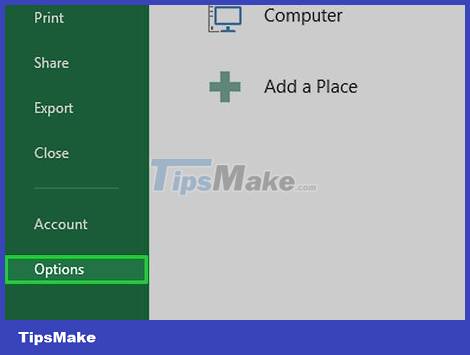
Click Options . This item is on the left side of the Excel window.
On a Mac, click Preferences. in the drop-down menu.

Click Customize Ribbon . Options are on the left side of Excel's Options window.
On a Mac, click Ribbon & Toolbar in the Preferences window.

Check the "Developer" box. This box is near the bottom of the "Main Tabs" options list.
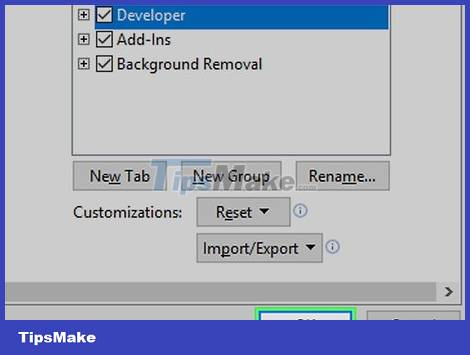
Click OK near the bottom of the window. Now you can use the macro command in Excel.
On a Mac, click Save here.
Macro recording
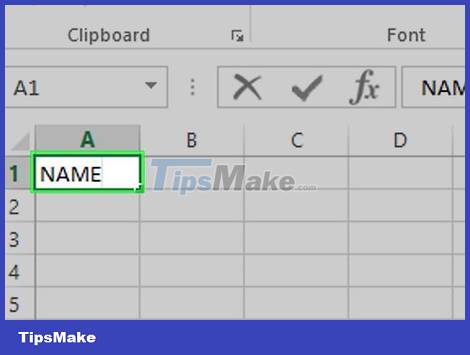
Enter the required data. If you're opening a blank workbook, enter all the data you want to use before continuing.
You can also close Excel and double-click the file to open the specific workbook.
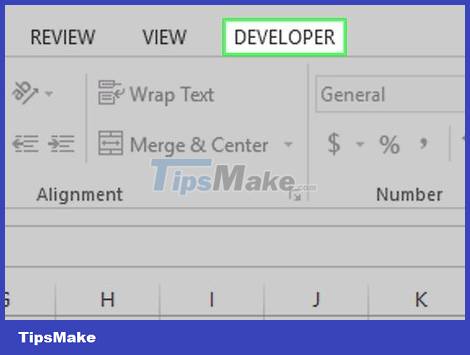
Click the Developer tab at the top of the Excel window. A toolbar will open here.
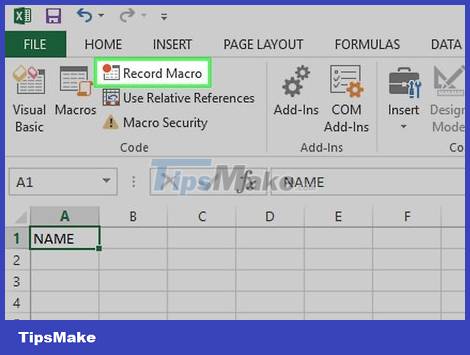
Click the Record Macro option located in the toolbar. A window will pop up.
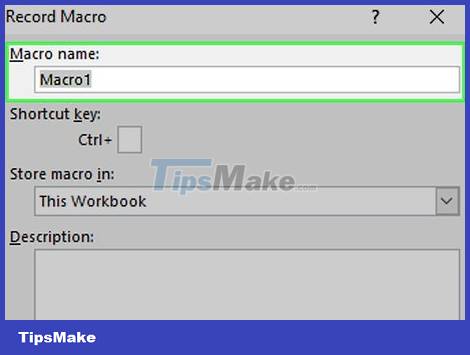
Enter a name for the macro command. In the "Macro name" text box, enter a name for the macro command. This will help you to recognize the macro command later.
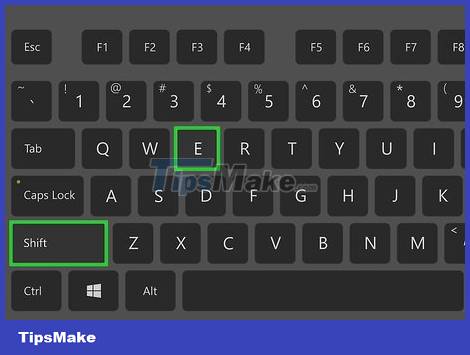
Create a keyboard shortcut (if you like). Press the ⇧ Shift key together with some character key (for example, E) to create a keyboard shortcut. You can use this key combination to execute a macro command later.
On a Mac computer, the keyboard shortcut will include the ⌥ Option+⌘ Command key and the character (for example, ⌥ Option+⌘ Command+T).
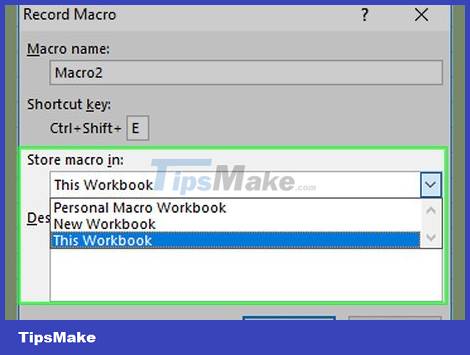
Click the "Store macro in" drop-down. This frame is in the middle of the window. A drop-down menu will appear.
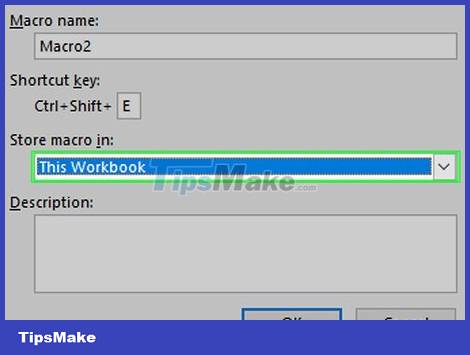
Click This Workbook . This option is in the drop-down menu. The macro command will be integrated into this workbook and anyone with the file will be able to use the macro.
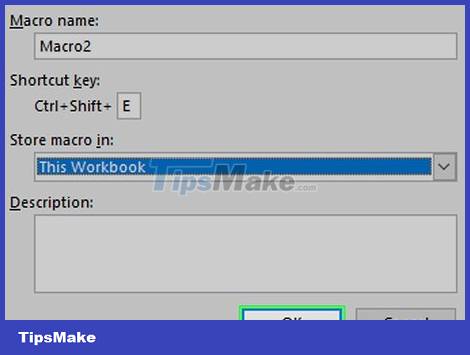
Click OK at the bottom of the window. The setting of the macro command will be saved, and the recording process will start.
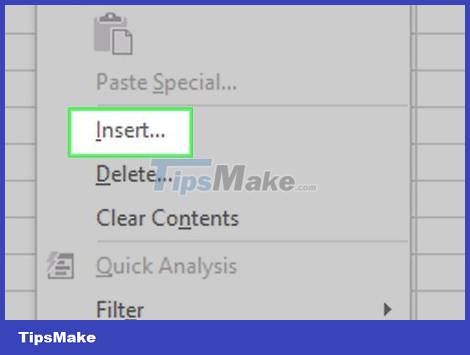
Execute the steps of the macro. Any action you take from clicking OK to clicking Stop Recording will be added to the macro. For example, if you want to create a macro of converting data values in two columns into a chart, do:
Click and drag the mouse over the data to select.
Click Insert
Select a chart shape.
Click on the chart you want to use.
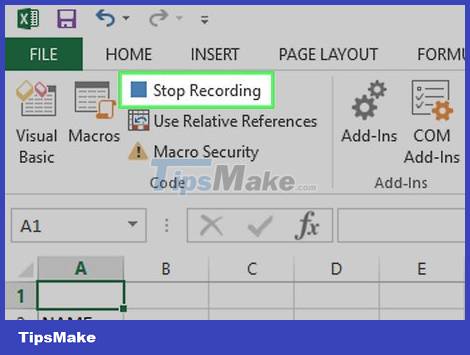
Click the Stop Recording task located in the Developer toolbar. The macro command will be saved.
Save a macro-enabled workbook
You need to understand why we need to save the workbook with macros enabled. If you do not save as a macro-enabled workbook (XLSM format), the macro command will not be saved as part of the file, meaning that users on other computers will not be able to use the macro command if you send the workbook to surname.
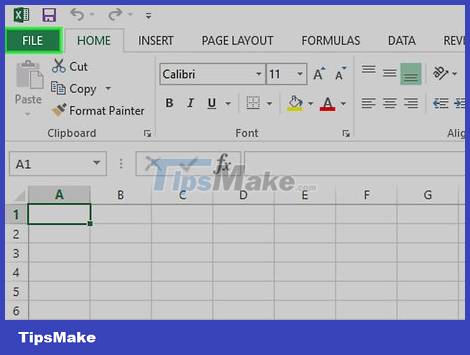
Click File in the upper-left corner of the Excel window (Windows) or desktop (Mac). A drop-down menu will appear.
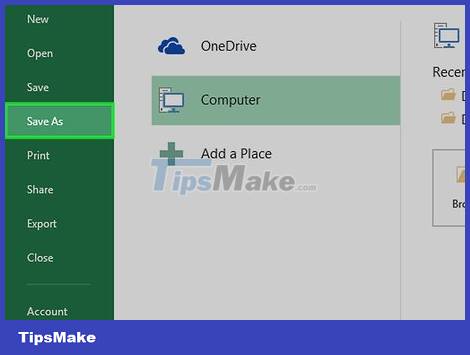
Click Save As . This option is on the left side of the window (Windows) or in the drop-down menu (Mac).
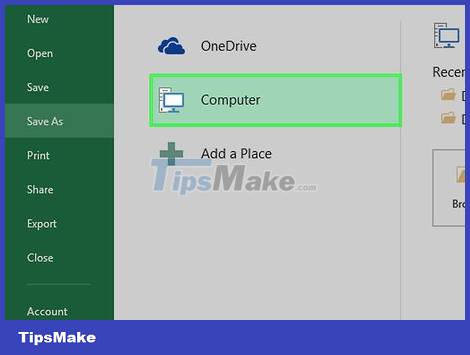
Double-click This PC . The option is in the save location column near the left side of the window. The "Save As" window will open.
Skip this step on a Mac computer.
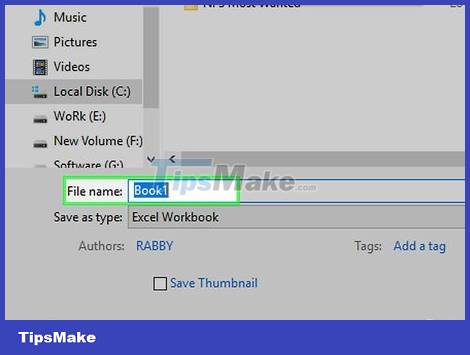
Enter a name for the Excel file. Enter a name for the Excel spreadsheet in the "Name" text box.
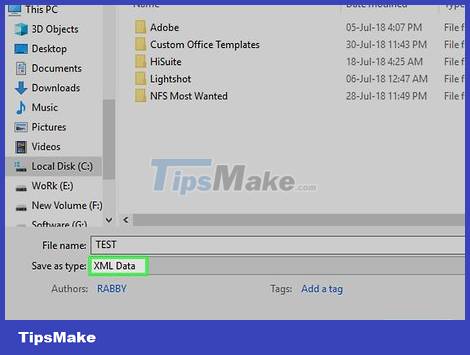
Change the file format to XLSM. Click the "Save as type" drop-down box and then select Excel Macro-Enabled Workbook from the drop-down menu that appears.
On a Mac, you'll need to replace the "xlsx" extension at the end of the filename with xlsm.
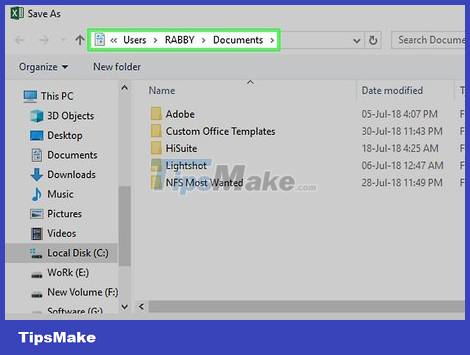
Select a save location. Click the folder where you want to save the Excel file (for example, Desktop).
On a Mac, you'll need to click the "Where" drop-down box first.
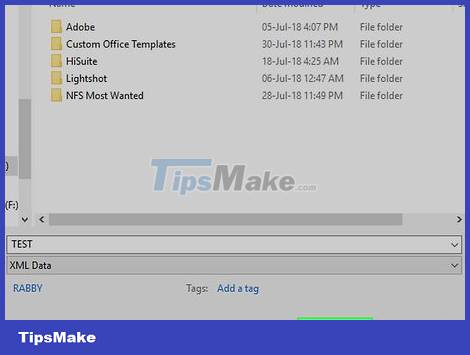
Click the Save option at the bottom of the window. Excel spreadsheets with built-in macro commands will be saved to the location you choose.
Execute macros
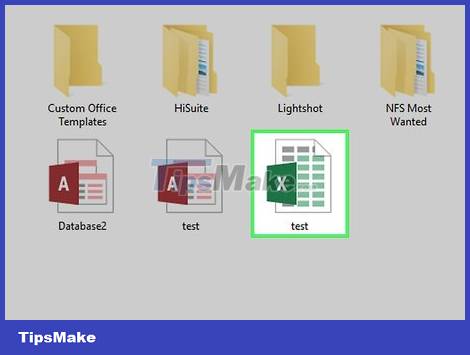
Open the macro-enabled workbook. Double-click the macro integrated spreadsheet to open it in Excel.
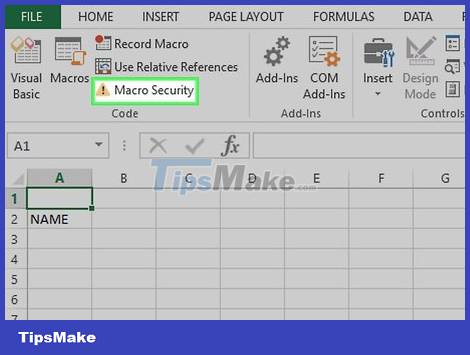
Click Enable Content . The option is in the yellow bar at the top of the Excel window. The workbook will be unlocked and allow you to use the macro command.
If you don't see the above option, skip this step.
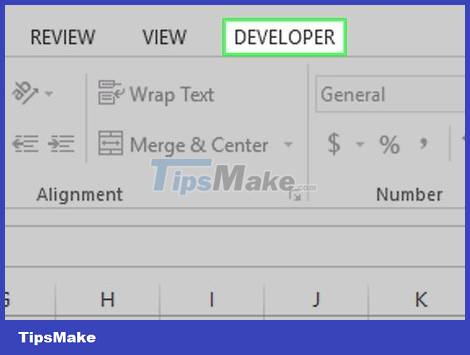
Click the Developer tab at the top of the Excel window.
Or you can press the set key combination for the macro command. If you choose this method, you can skip the rest of the method.
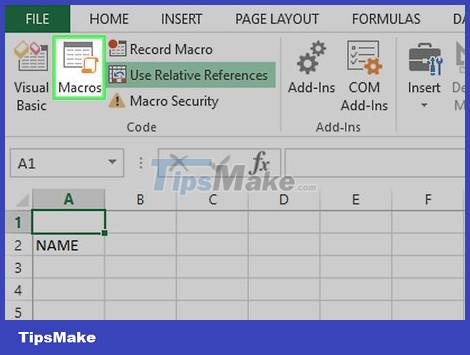
Click the Macros option in the toolbar of the Developer tab. A window will pop up.
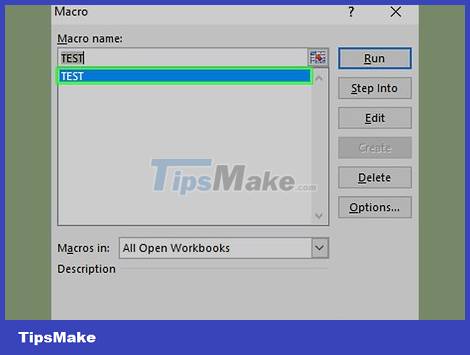
Select the macro command. Click the name of the macro command you want to execute.
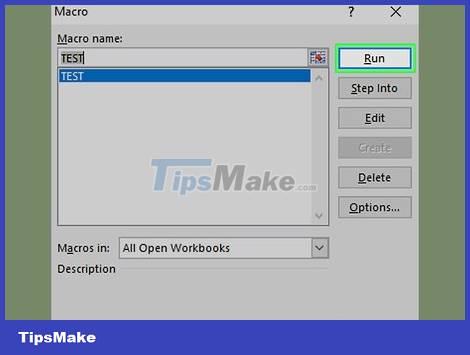
Click the Run task on the right side of the window. The macro command will start executing.
Wait for the macro command to complete. Depending on the length of the macro command, this may take a few seconds.
You should read it
- How to Use Macros in Excel
- Instructions for creating Macros in Excel
- How to enable macros on Excel
- What is a macro in Excel? How to create and run a Macro in Excel
- Excel cannot run macros and the solution is for you
- MS Excel 2003 - Lesson 8: Excel Macro - Automate complex tasks
- Microsoft disables Excel 4.0 macros by default to protect users
- How to troubleshoot macros in Excel not working
May be interested
- How to troubleshoot macros in Excel not working
 excel macros are a powerful feature designed to automate repetitive tasks, saving you both time and effort. however, it is not uncommon to experience problems while macros are enabled, which can be extremely annoying, preventing you from streamlining your workflow.
excel macros are a powerful feature designed to automate repetitive tasks, saving you both time and effort. however, it is not uncommon to experience problems while macros are enabled, which can be extremely annoying, preventing you from streamlining your workflow. - How to save Excel file contains VBA Macros code
 in order to reuse the vba macros code in excel, users can save the excel file.
in order to reuse the vba macros code in excel, users can save the excel file. - How to enable and disable macros in Excel
 the following article will show you how to enable and disable macros in excel 2007, 2010, 2013 and 2016.
the following article will show you how to enable and disable macros in excel 2007, 2010, 2013 and 2016. - How to turn on, turn off, delete Macro in Excel
 how to turn on, turn off, delete macro in excel. macros help you save more time processing data in excel, bringing greater efficiency at work. if you are new to macros in excel, then turning on, off, and deleting macros is not much
how to turn on, turn off, delete macro in excel. macros help you save more time processing data in excel, bringing greater efficiency at work. if you are new to macros in excel, then turning on, off, and deleting macros is not much - How to create Macros in Word 2007
 macros are advanced features, which can speed up editing or formatting that you can execute regularly in a word document. they record the sequence of choices you choose so that a series of actions can be completed in one step.
macros are advanced features, which can speed up editing or formatting that you can execute regularly in a word document. they record the sequence of choices you choose so that a series of actions can be completed in one step. - 5 source to get macro to automate Excel spreadsheets
 macros can help eliminate simple tasks from the workflow and allow users to take time to focus on more important issues.
macros can help eliminate simple tasks from the workflow and allow users to take time to focus on more important issues. - How to automate Google Sheets with macros
 google sheets allows users to automate repetitive tasks with macros and link them with keyboard shortcuts for quick execution.
google sheets allows users to automate repetitive tasks with macros and link them with keyboard shortcuts for quick execution. - How to turn on and off macros in Microsoft Office 365
 when you have to do a task more than once, you can save time by using macros to automate the task. however, not all macros are created equal, some contain malicious code. here's how to enable (or disable) macros in microsoft office 365.
when you have to do a task more than once, you can save time by using macros to automate the task. however, not all macros are created equal, some contain malicious code. here's how to enable (or disable) macros in microsoft office 365. - Create and use automated macros in Word 2010
 many people may not know about the benefits of macros when running automatically in word 2010. these are word commands stored in a file and executed when used, like a small program.
many people may not know about the benefits of macros when running automatically in word 2010. these are word commands stored in a file and executed when used, like a small program. - How to Create a Custom Macro Button in Excel
 macros in excel can save a great deal of time with repetitive tasks. by assigning macros to custom buttons, you can save even more time by bringing your macro only one-click from execution. click tools → customize.
macros in excel can save a great deal of time with repetitive tasks. by assigning macros to custom buttons, you can save even more time by bringing your macro only one-click from execution. click tools → customize.










 How to Merge in Excel
How to Merge in Excel How to Convert Excel to Word
How to Convert Excel to Word How to Find Duplicate Data in Excel
How to Find Duplicate Data in Excel How to Use Basic Excel
How to Use Basic Excel How to Merge Multiple Documents in Microsoft Word
How to Merge Multiple Documents in Microsoft Word How to Convert Word to PowerPoint
How to Convert Word to PowerPoint